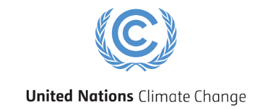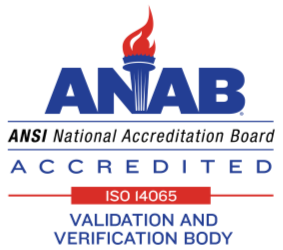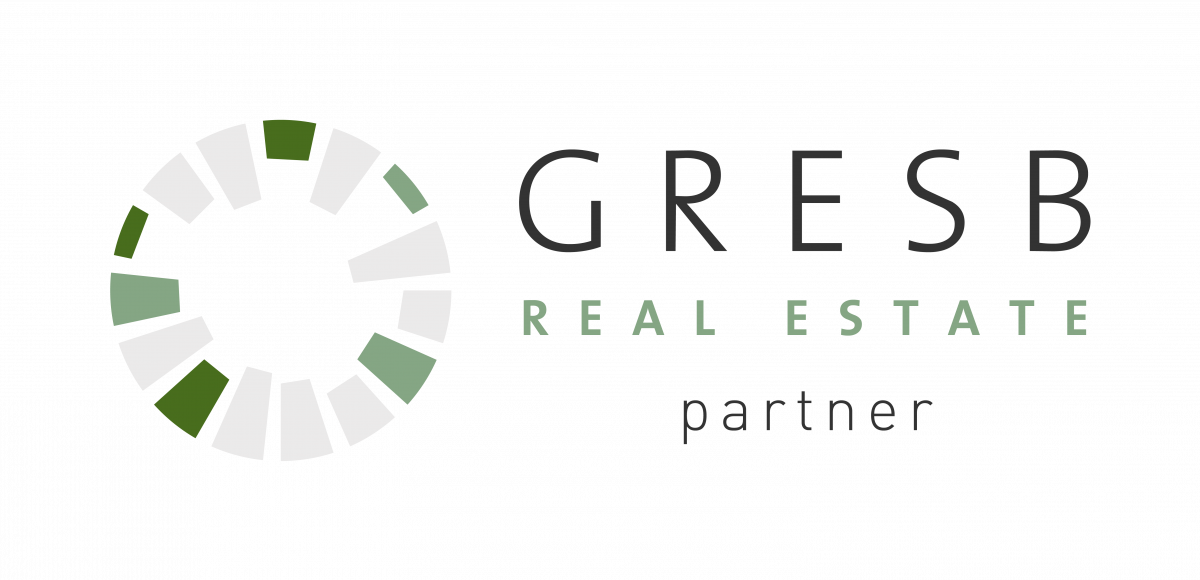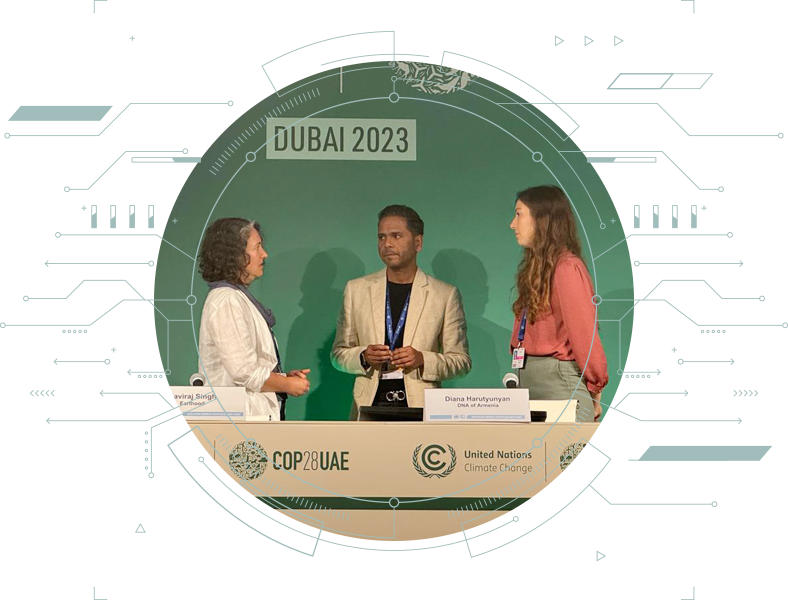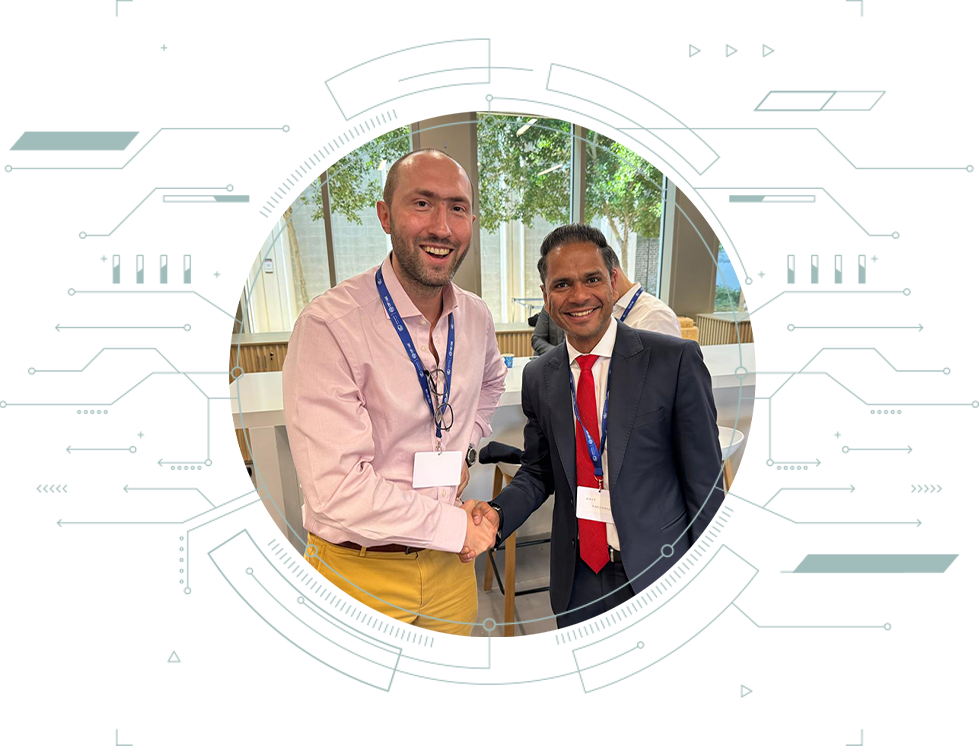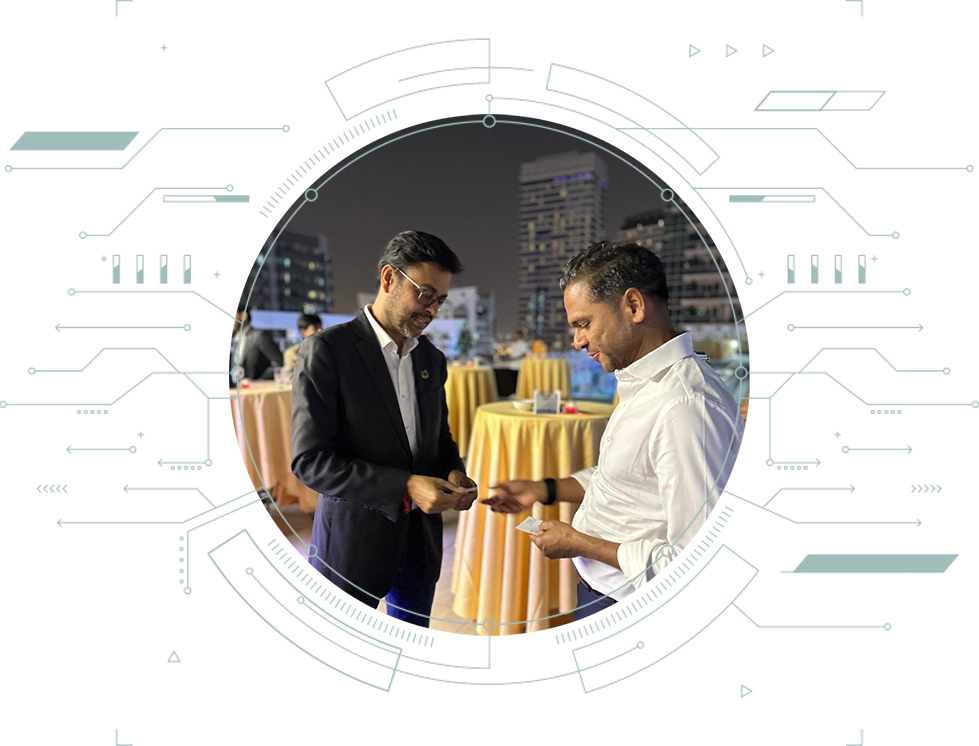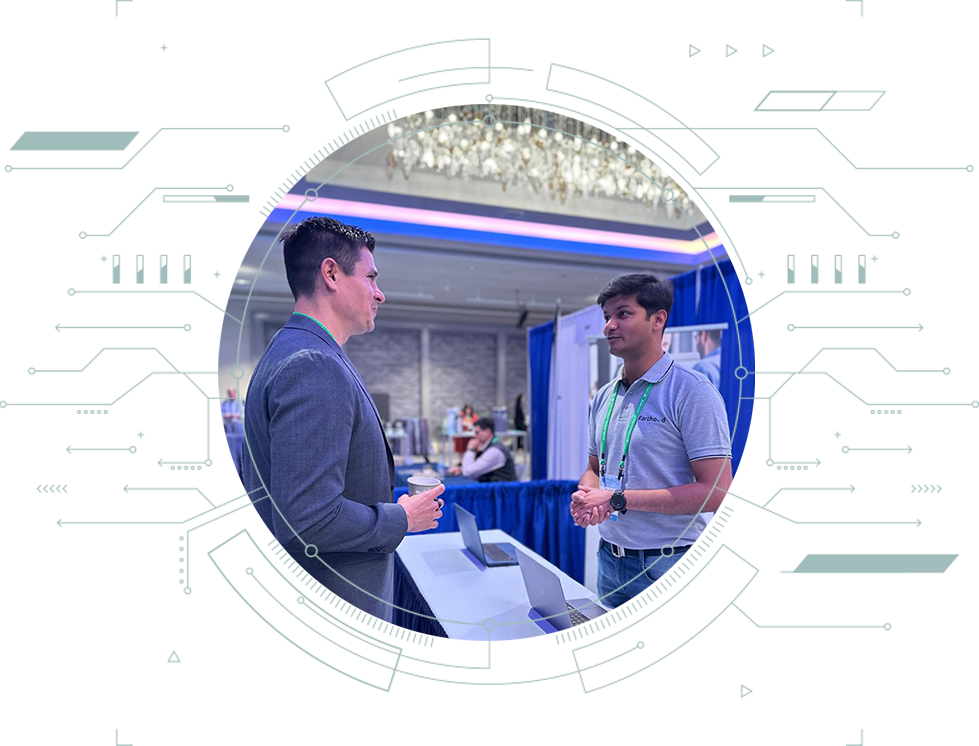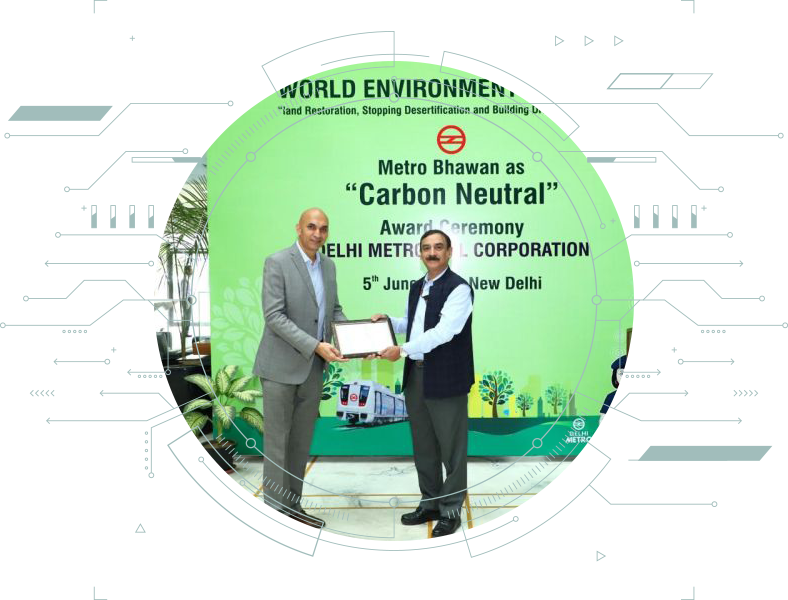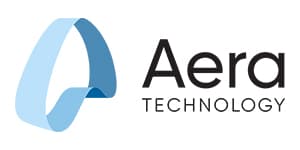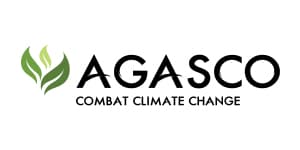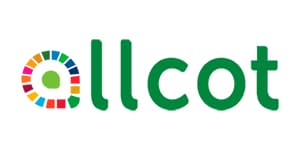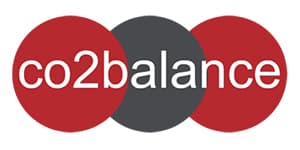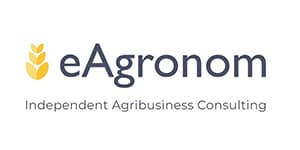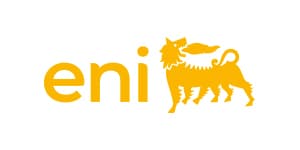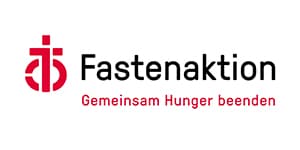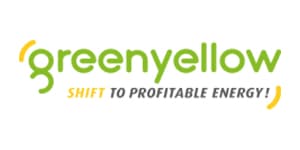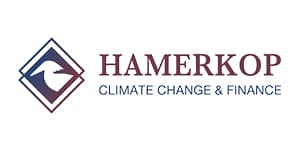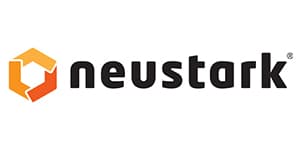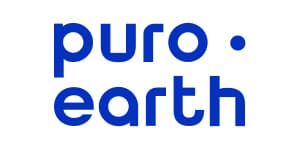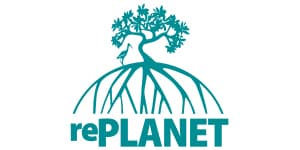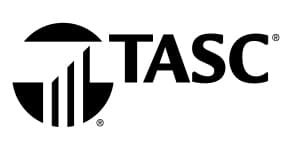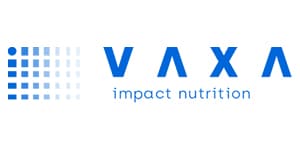
What is Clean
Development Mechanism?
The CDM or clean development mechanism is a component of the Kyoto Protocol, which was established under Article 12, to help countries in meeting the targets of emission reduction. It thereby allows industrialized countries to substantially invest in emission-reduction projects in developed countries making CDM facilitate generating CER or Certified emission reduction credits.
The CER credits are equivalent to one tonne of carbon dioxide, usefully counted in meeting the targets of Kyoto. The credits can be further sold or traded, contributing to the nation's Kyoto targets. This mechanism was activated in 2005, after enforcing the Kyoto Protocol.
A CDM project can involve, for instance, the installation of energy-efficient boilers or electrification projects with solar panels in rural areas.
Objectives of the
Clean Development Mechanism
CDM aims to assist developed nations in achieving commitments to emission reduction while fostering sustainable development in developed nations. The dual objective aligns closely with global sustainable and environmental development goals, promoting a low-carbon future and aiding the economic growth of less developed countries.
Climate Change Mitigation
CDM focuses on reducing greenhouse gas emissions for slowing down or preventing the adverse effects of climate change, in alignment with global efforts to maintain a stable climate.
Green Energy Transition
CDM supports industrialized nations to transition from traditional fossil fuels to renewable and green energy sources, facilitating a cleaner, and more sustainable energy future.
Innovation in Emission Reduction
It encourages the adoption of innovative and creative approaches by countries to cut emissions, such as the implementation of sustainable practices and advanced technologies.
Reduction of Fossil Fuel Dependence
CDM aims to diminish the reliance on fossil fuels by promoting the utilization of renewable energy and enhancing energy efficiency across various sectors.
Pollution Control in Manufacturing
It targets the reduction of pollution generated during manufacturing and industrial processes, by advocating for cleaner production techniques
Long-term Development of Strategies for Developing Nations
CDM assists developing countries to create and execute comprehensive, long-lasting strategies inducing sustainable development, reduced emissions, and climate resilience, ensuring continued growth while minimizing environmental impact
Attracts Investment
CDM attracts significant investments in clean technologies and renewable energy projects. These investments help drive innovation and the development of sustainable technologies,
Job Creation
CDM projects create numerous employment opportunities, especially in developing countries. By promoting the development of green projects, CDM helps generate jobs in sectors such as renewable energy, energy efficiency, and sustainable agriculture, boosting local economies.
Improved Infrastructure
CDM leads to the development of essential infrastructure, such as clean energy solutions. This not only helps reduce pollution but also improves energy efficiency and reliability. The improved infrastructure supports long-term sustainable growth and enhances the quality of life.
Process of
CDM Projects
Outline
An industrialized nation must obtain consent from the developing country host to ensure the project allows sustainable development. The industrialized country should demonstrate how the project cannot happen without CDM intervention. A "baseline" is set for the estimation of future emissions if the project did not take place. A DOE or "designated operational entity" that validates the project will be proper. The CDM executive board or EB decides if the project will be approved or not.
Baseline
Baseline is the representation of emissions occurring without the implementation of the project. It remains the establishment of a hypothetical scenario that references or models similar activities. Independent verification of third-party ensures the baseline's accuracy for the prevention of claims of inflated reduction emissions.
Additionality
The project should showcase how it reduces emissions more than what would have happened without its execution. It involves documentation of alternative scenarios that would be economically attractive, or if the project faces obstacles that can be overcome by CDM.
Methods
CDM projects must utilize approved baseline as well as monitor methodologies to be approved, registered, and validated. Approved methodologies are available on the UNFCCC CDM website. When projects propose a fresh baseline method, it should be reviewed by the executive board before registration.
- “Approved Methodology” for Standard Projects
- “Approved Consolidated Methodology” for broad applications
- “Approved Methodology for Small-Scale Projects” for smaller projects
- “Afforestation and reforestation approved methodologies” for forestry projects
ADVANTAGES &
DISADVANTAGES OF CDM
Advantages
Global
Climate Change
CDM works in directing investments towards waste management, renewable energy projects, afforestation, and initiatives of energy efficiency in developed nations. It leads to enhanced infrastructure, better local environmental quality, job creation, and improved social welfare. Facilitating emission reduction for greenhouse gasses makes CDM play a significant role in the global fight against climate change. It bridges the gap effectively between developed and developing nations in environmental stewardship, allowing a balanced, global approach to reducing emissions.
International
Cooperation
It exemplifies successful international collaboration in addressing worldwide environmental challenges. It gives a platform for developing or developed nations to engage in partnerships that are mutually beneficial. It also induces the sharing of knowledge, resources, and technology in pursuing a common objective.
Involvement of the
private sector
CDM successfully engages the private sector in efforts to mitigate climate change. Through market creation for CERs, a profitable dimension has been introduced to environmental sustainability, by motivating businesses to develop green projects.
Challenges
Bureaucracy
The intricate process of approval for CDM along with its stringent needs remain criticized for causing bureaucratic hurdles that deter potential investors and delay the implementation of projects.
Doubts over emission reductions
Concerns have been raised concerning the additionality of the process, questioning if the projects lead to realistic, quantifiable, and long-term emission reductions.
Project Distribution
The skewing of the geographical distribution of CDM projects, with a majority concentrated in a few countries, causes discussions over equitable resource allocation among developed nations.

India's
Leading CDM Projects: A Showcase of ONGC's Initiatives
ONGC has been noted to be the first PSU or Public Sector Undertaking in India to be leading in the CDM or Clean Development Mechanism arena. In 2006, the company began its journey with CDM, and today they have 15 registered CDM projects within the UN Framework Convention on Climate Change. They generate around 2.1 million CERs annually. Read more about the significance of CDM for India's sustainable growth.
List of Registered CDM Projects with High CERs
Meet the Earthood Carbon Auditing Professionals
At the heart of every impactful carbon audit is a team of dedicated professionals. Earthood takes pride in our cadre of seasoned experts, each bringing a wealth of knowledge, precision, and passion to the forefront of your sustainability efforts.









